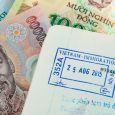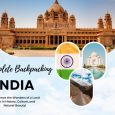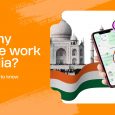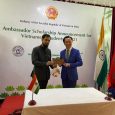If you’re an Indian planning to visit Vietnam, you’ll need a visa to enter the country. In this article, we’ll cover all you need to know about getting a Vietnam visa as an Indian national, including the application process, pros and cons of different visa types, alternatives, tips, and more.
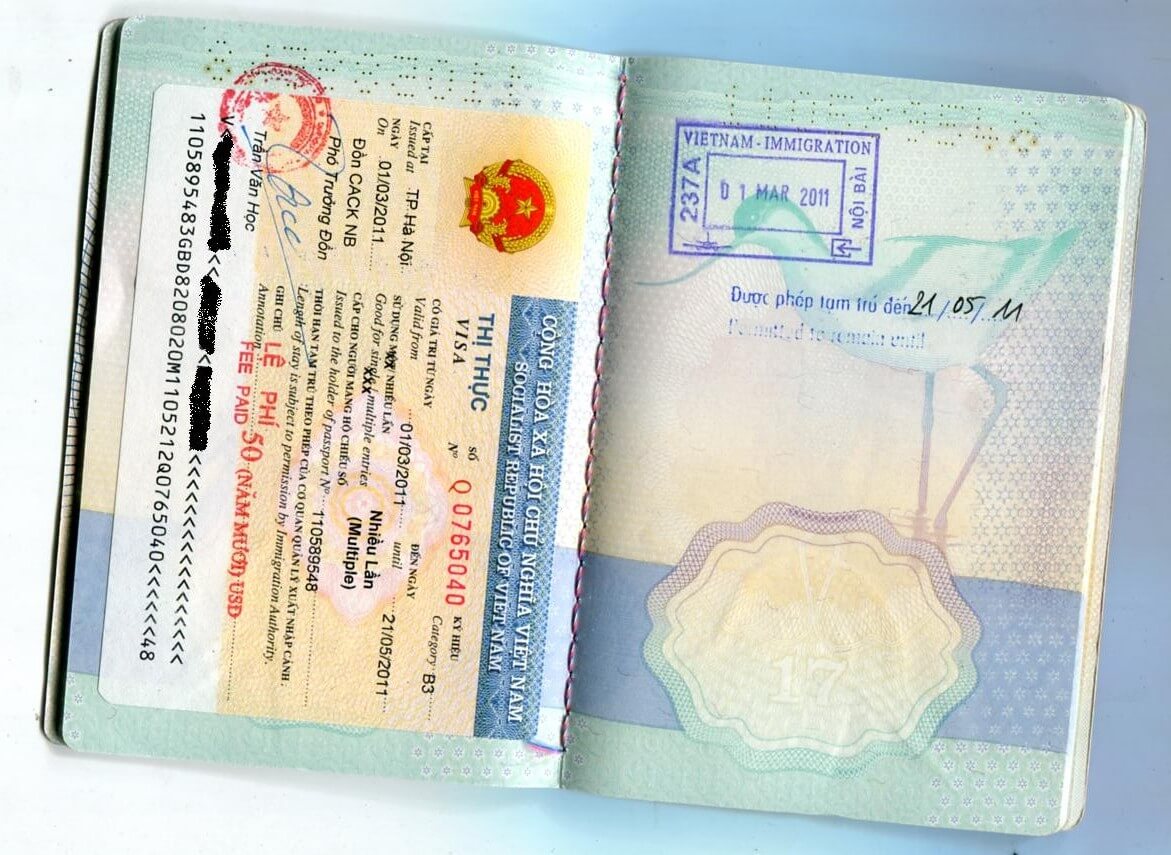
What is a Vietnam Visa?
A Vietnam visa is an official authorization that allows foreign nationals to enter and stay in Vietnam for a specific period. You can obtain a visa at any Vietnam embassy or consulate abroad or apply for an e-visa online.
Who Needs a Vietnam Visa?
All foreign nationals, including Indians, who want to travel to Vietnam for tourism, business, study, work, or other purposes, need a visa. The only exceptions are citizens from countries that have bilateral agreements with Vietnam, such as South Korea, Japan, Russia, and some ASEAN countries.
How to Apply for a Vietnam Visa
There are several ways to apply for a Vietnam visa as an Indian citizen, including:
Applying at Vietnam Embassy or Consulate
You can apply for a Vietnam visa in person at the nearest Vietnam embassy or consulate in India or any other country. Here’s what you need to do:
- Check the embassy/consulate website or contact them to find out the requirements and fees.
- Prepare your passport, photos, application form, and other supporting documents as required.
- Submit your application and pay the fee.
- Wait for the visa processing time (usually 3-5 days).
Applying Online for an E-Visa
You can also apply for an e-visa online through the Vietnam Immigration Department’s website. Here’s what you need to do:
- Visit the website and fill out the application form.
- Upload your passport photo and other supporting documents.
- Pay the fee online.
- Wait for the visa processing time (usually 3 working days).
Applying for a Visa on Arrival
If you’re unable to apply for a visa at the embassy/consulate or online, you can still get a Vietnam visa on arrival at the airport. However, you must obtain a visa approval letter beforehand from a travel agency or visa service provider. Here’s what you need to do:
- Find a reputable visa service provider and apply for a visa approval letter online.
- Print out the approval letter and bring it with you to the airport.
- Fill out the entry and exit form (available at the airport).
- Pay the visa stamping fee and get your visa stamped at the immigration counter.
Pros and Cons of Different Vietnam Visa Types
There are several types of Vietnam visas available for Indian citizens, each with its own pros and cons. Here’s a brief overview:
Tourist Visa (DL)
Pros:
- Allows you to stay in Vietnam for up to 30 days.
- Can be extended for an additional 30 days.
- Relatively easy to obtain. Cons:
- Not valid for work or study purposes.
Business Visa (DN)
Pros:
- Allows you to stay in Vietnam for up to 1 year.
- Multiple-entry allowed. Cons:
- Requires sponsor from a Vietnamese company.
- More complicated application process.
Student Visa (DH)
Pros:
- Allows you to stay in Vietnam for the duration of your course (up to 5 years).
- Can be extended for an additional 6 months after completion of the course. Cons:
- Only valid for study purposes.
- Requires acceptance from a Vietnamese school.
Work Visa (LD)
Pros:
- Allows you to work legally in Vietnam.
- Valid for up to 2 years. Cons:
- More complicated application process.
- Requires sponsorship from a Vietnamese employer.
Alternatives to a Vietnam Visa
If you’re planning a short trip to Vietnam and don’t want to go through the hassle of applying for a visa, there are some alternatives you can consider:
Visa Exemption
Indian citizens are not eligible for visa exemption in Vietnam.
Transit without Visa
Indian citizens can transit through Vietnam without a visa if they stay in the airport transit area and continue their journey on the same or connecting flight within 24 hours.
Visa-Free Countries
You can also consider visiting other countries that offer visa-free entry or visa-on-arrival for Indian passport holders, such as Thailand, Malaysia, Indonesia, Sri Lanka, and Cambodia.
Step-by-Step Guide: How to Apply for a Vietnam Visa Online
If you’ve decided to apply for a Vietnam e-visa, here’s a step-by-step guide to help you:
- Visit the Vietnam Immigration Department’s website and click on “Apply E-visa.”
- Fill out the application form with your personal information, travel details, and purpose of visit.
- Upload a scanned copy of your passport photo and other supporting documents (if required).
- Pay thevisa processing fee online using a credit or debit card.
- Wait for the visa processing time (usually 3 working days).
- Once your e-visa is approved, print it out and bring it with you to Vietnam.
Tips for Applying for a Vietnam Visa
Here are some useful tips to keep in mind when applying for a Vietnam visa:
- Apply for your visa well in advance of your travel date to avoid any last-minute hiccups.
- Make sure you have all the required documents and photos in the correct format before submitting your application.
- Check and double-check the information on your visa to ensure there are no errors or misspellings.
- Be prepared to answer questions about your purpose of visit, itinerary, and accommodation during your stay in Vietnam.
- If applying for a visa on arrival, make sure you have a valid visa approval letter from a reputable source.
- Keep a copy of your visa and passport with you at all times during your trip to Vietnam.
Comparing Vietnam Visas: Which One Is Best for You?
Choosing the right type of Vietnam visa depends on your purpose of visit, length of stay, and other factors. Here’s a quick comparison of the different visa types:
| Visa Type | Length of Stay | Validity | Purpose |
|---|---|---|---|
| Tourist Visa (DL) | Up to 30 days | Single-entry | Tourism |
| Business Visa (DN) | Up to 1 year | Multiple-entry | Business |
| Student Visa (DH) | Up to 5 years | Multiple-entry | Study |
| Work Visa (LD) | Up to 2 years | Multiple-entry | Work |
The Best Way to Get a Vietnam Visa for Indians
The best way to get a Vietnam visa for Indians depends on your specific needs and preferences. Here are some factors to consider:
- If you’re planning a short trip to Vietnam for tourism, a tourist visa or e-visa is the most convenient option.
- If you’re traveling to Vietnam for business or study purposes, a business or student visa may be more suitable.
- If you’re planning to work in Vietnam, a work visa is mandatory.
- If you’re unable to obtain a visa through traditional methods, such as at an embassy or consulate, a visa on arrival is a viable alternative.
Conclusion
Getting a Vietnam visa as an Indian citizen may seem daunting at first, but with the right information and preparation, it can be a smooth and hassle-free process. Whether you choose to apply for a visa at an embassy, online, or on arrival, make sure you have all the required documents and follow the application guidelines carefully. With your visa in hand, you’ll be able to explore the beauty and diversity of Vietnam with ease.
